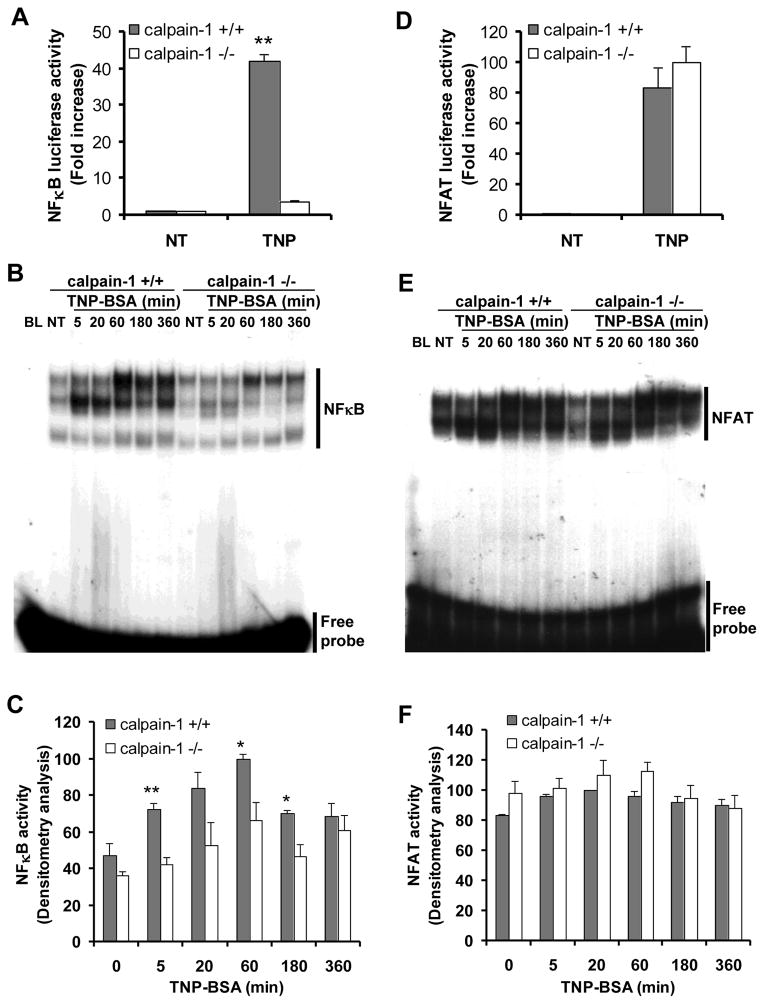Figure 7. Calpain-1 deficiency leads to decreased IgE-dependent NF-κB activation but not NFAT.
A & D, Wild-type (+/+) and calpain-1 null (−/−) BMMCs were transfected with a pNF-κB-Luc (A) or pNFAT-Luc (D) and the control reporter plasmid pPL-TK. After transfection (24 h), cells were sensitized with anti-TNP IgE, and then cells were either left untreated (NT) or stimulated with TNP-BSA for 6 h (TNP). Firefly and Renilla activities were sequentially quantified using a dual-luciferase reporter assay system. Data are mean ± SEM. n = 4 different BMMCs, **p< 0.01 by comparison with calpain-1 null BMMCs. B & E, NF-κB binding consensus sequence (B) and NFAT binding consensus sequence (E) were labeled with 32P for use as a probe in EMSA. BMMCs were sensitized overnight with anti-TNP IgE, and then either stimulated with TNP-BSA for indicated times or left untreated (NT). Nuclear proteins were isolated and analyzed by EMSA. A representative from three independent experiments is shown. C & F, Densitometry analysis of NF-κB activation (C) and NFAT activity (F) by EMSA was performed based on three experiments from three different cultures of BMMCs. *p< 0.05, **p< 0.01 by comparison with calpain-1 null BMMCs.

